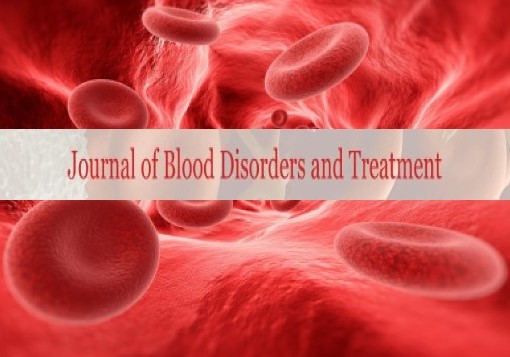
Sign up for email alert when new content gets added: Sign up
Addisalem Mesfin, Desta Berhe, Yakob Gebregziabher and Yosef Gugsa
Defence University College of Health Sciences, Ethiopia
Posters & Accepted Abstracts: J Blood Disord Treat
Introduction: Highly active antiretroviral therapy (HAART) played a critical role in the medical management of HIV infected individuals by restoring the immune function and minimizes HIV related outcomes. But treatment failure minimized these advantages and leads to an increment of morbidity and mortality with poor quality of life in all HIV patients.
Objective: The aim of this study was to assess the virological treatment failure and its determinant factors of patients on first line HAART at five commandant Hospitals, Ethiopia.
Methods: A Retrospective hospital-based study design was used to determine magnitude of treatment/virology failure and its determinant factors, among HIV positive adults enrolled to HAART program at five commandant hospitals from February 1 to May 30, 2018. Data abstracted from patient charts or electronic data base was cleaned, coded, entered and analyzed using EPI data version 3.1 and SPSS version 23 statistical software package. Descriptive statistics, proportion of treatment failure cases among those diagnosed to have treatment failure was calculated. Bi-variate and multiple logistic regressions were used to analysis association between the outcome and the independent variables were taken as significant at P < 0.05 (2 tail test) and 95% confidence intervals (CIs).
Result: Among the 326 participants enrolled, 229(70.2%) were males. The mean ages were 36.84 years (SD+7.716) years and the median months on HAART from initiation were 81.50 months. A total of 75 (23%) participants were found to have treatment failure among those 50 (15.3%) immunological failure, 7(2.1%) virological failure and 16 (4.9%) all Treatment failure (VF, IF&CF in one). The mean CD4 T-cells at base line and at study time were 213.3 cells/ μl. Long duration on treatment (AOR= 4.231, 95% CI: 1.453-12.320), IPT cycle (AOR = 3.060, 95% CI: 1.388-6.746), Type of drug AZT based therapy (AOR =2.572, 95% CI: 1.357-4.875), experience of PEP (AOR=7.950, 95% CI: 1.945-66.915) and lost to follow up (AOR= 9.104,95% CI: 2.973-27.873) were found to be significant predictors of treatment/virologic failure and showed positive odds ratio.
Conclusion: This study demonstrates high treatment /virologic failure and the determinant factors of treatmen/virologic failures among HAART first line adult are still changing. Therefore, evidence-based intervention and early detection of treatment failure must be made to further identify the potential causes and set standardized protective mechanisms of treatment/virologic failures.
E-mail: yakobtsegay17@gmail.com